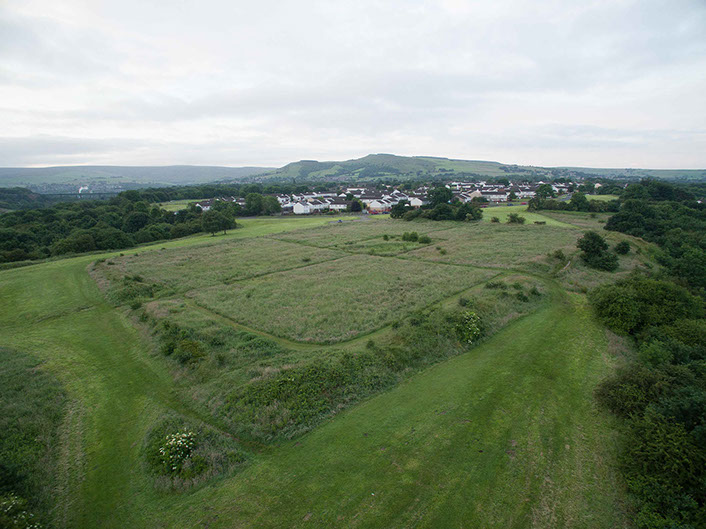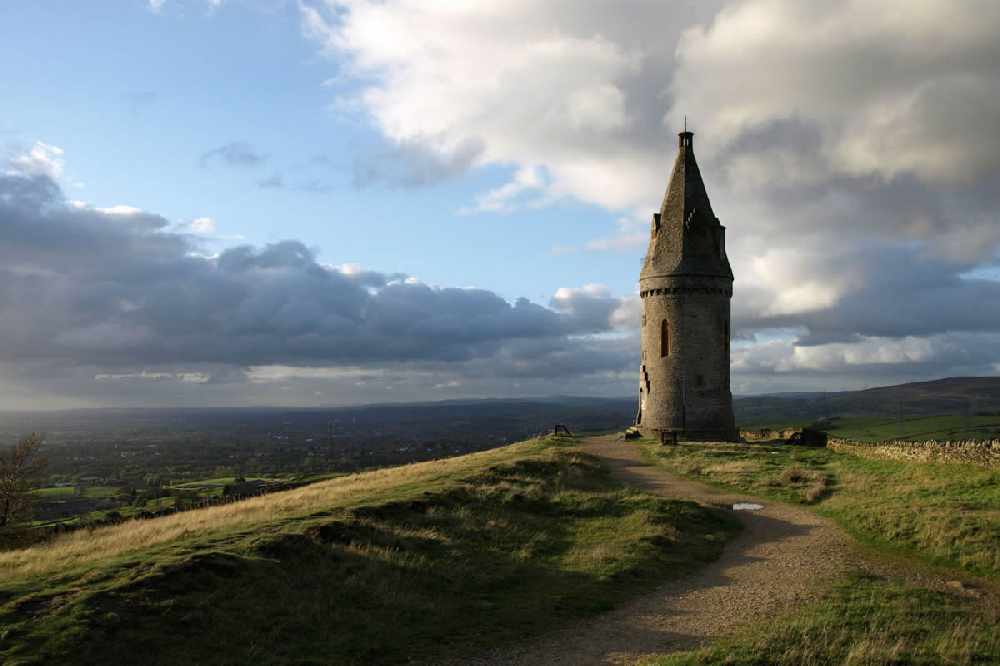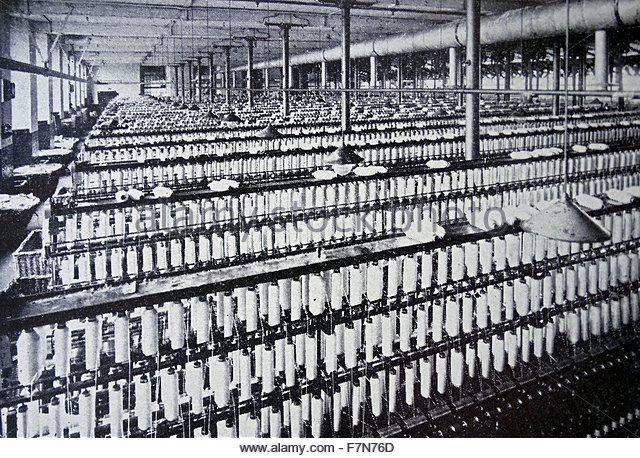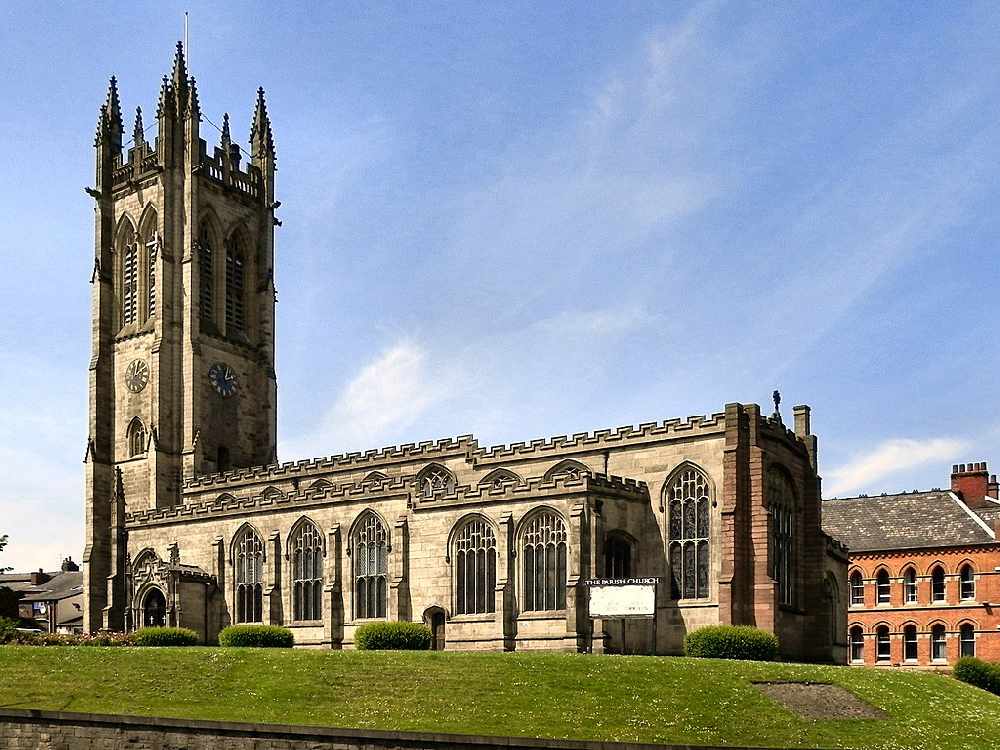It’s easy to take a place for granted when you’ve lived there for so long…
Many of the more interesting or attractive qualities of your area, which are a serious draw to many people, become the norm to you and are dismissed just as quickly.
Tameside is a good example of such a place – Many of us who have lived here most, if not all of our lives, are well familiar with all the things to do and places to visit our borough has to offer. Yet, to us, it’s just a normal part of our daily lives.
But if we delve deeper into the history of Tameside, even those of us who know the borough like the back of our hands, can find something we never knew and can appreciate our surrounding area in a new light.
So, if you’d like to know a little more about the place we call home, here are a few things you might not know about the history of Tameside:
Roman Occupation

It might be a little crazy to think about, but the history of Tameside actually dates back, as far as we can tell, up to ten thousand years! Much of the evidence of which has been found on some of our well-known hills and wide fields, especially those facing Mossley, Micklehurst and Carrbrook, and dates as far back as 8000BC.
However, it wasn’t until around the 1st century AD, with the arrival of the Roman Empire, that our borough began to change beyond its original shape and appearance. This was the same for much of England at this time. As we know, the Romans had a monumental effect on the way our country as a whole would ultimately turn out thousands of years later.
The remnants of several Roman forts can still be found in and around Tameside, including Melandra near Glossop, which given it’s positioning atop a grassy mound was most likely built to defend and observe the surrounding area.
Other important historical finds in the Tameside area include various Roman Age coins unearthed in Denton and even a naturally mummified skull which was recovered from the area now known as Ashton Moss.
Naming the Borough

Something as simple as a name often gets overlooked, but most of the time there’s always an interesting story how things and places earn their titles. Tameside is included in this list and, if you aren’t already aware, some of the other options that were on the table may shock you!
As a borough, Tameside was created on the 1st April 1974 and brought together Ashton, Audenshaw, Denton, Droylsden, Dukinfield, Hyde, Longdendale, Mossley and Stalybridge. In very early documents, the borough was originally penned as ‘Ashton-Hyde’ but this was most likely a preliminary title until a more permanent one was decided upon. Plus, double-barrelled titles were effectively banned.
Expanding ‘Ashton-Under-Lyne’ to become the full name of the new borough was considered, but was rejected in the end in favour of finding a brand new name.
‘Hartshead’, after Hartshead Pike, which is now an instantly recognisable sight across much of the borough was a particularly favoured option throughout much of the deliberations, but was beaten by ‘Tameside’ making reference to the River Tame, by a 15-10 vote.
Other available options included ‘Nine Towns’, ‘Brigantia’ and ‘West Pennine’.
Industrial Revolution

Like many other areas of the country at the time, Tameside wasn’t regarded as an area of particular influence or importance. That is until the introduction of the Industrial Revolution.
Once a collection of countrified farming towns and villages, many areas of Tameside were transformed into essential hubs of textile and cotton manufacture and became highly regarded as a national source of production and resources.
Hundreds of mills, both large and small, popped up all across the region in the seventeen hundreds and eighteen hundreds and completely revolutionised the region, creating countless jobs for skilled, working class people.
As you’ll know, many of these mills are still standing today, including our very own Cavendish Mill in Ashton-Under-Lyne. You’d struggle to make it from the end of one town to another without running into one!
Nowadays, these mills have either been demolished, partly demolished or reconditioned to be used in a variety of ways including factories, offices and blocks of flats, furthering the ingenuity that made the industrial revolution such an important revelation for our region.
But, these mills aren’t the only significant structures you’ll find in the history of Tameside…
St Michael and All-Angels Church

One of the most impressive buildings in all of Tameside, St Michael and All-Angel’s Church is one of the oldest recorded religious structures in the area, dating back to the year 1262.
However, a church which presumably stood on the ground where the current church stands today was mentioned in the Domesday Book – King William’s thorough report on the state of the country in 1086 - meaning a related church of some kind will had stood for almost 1000 years now. However, this fact has been disputed by historians on various occasions.
The church has been torn down and rebuilt numerous times over the centuries, both due to weather damage and church tradition, leaving very little if any of the original church structure intact. The structure we see today dates back to around the fifteenth century. The stained glass windows, many of which are also fifteenth century originals, stand as some of the best examples of classic stained glass windows left in the country.
The main tower, arguably the church’s most striking feature at an impressive 145 feet tall, was based on the tower found at the iconic Manchester Cathedral and was constructed between 1886-1888.
A Grade 1 listed building, the church is classed as a place of historical significance by Historic England and cannot be demolished or altered without “special permission” from the local planning authority.




Comments
Add a comment